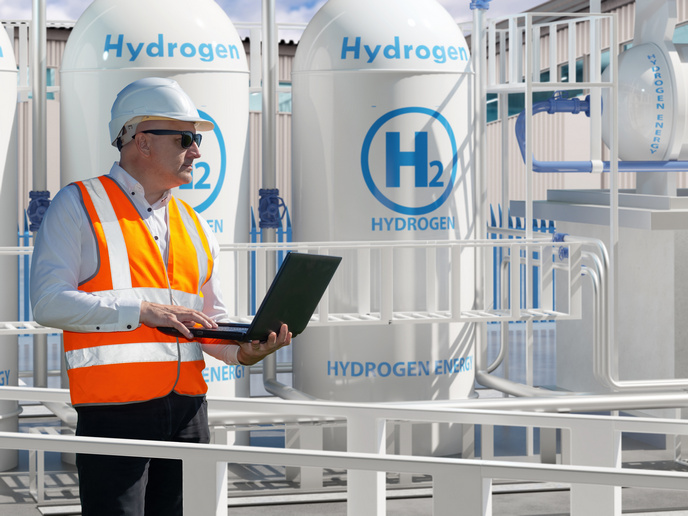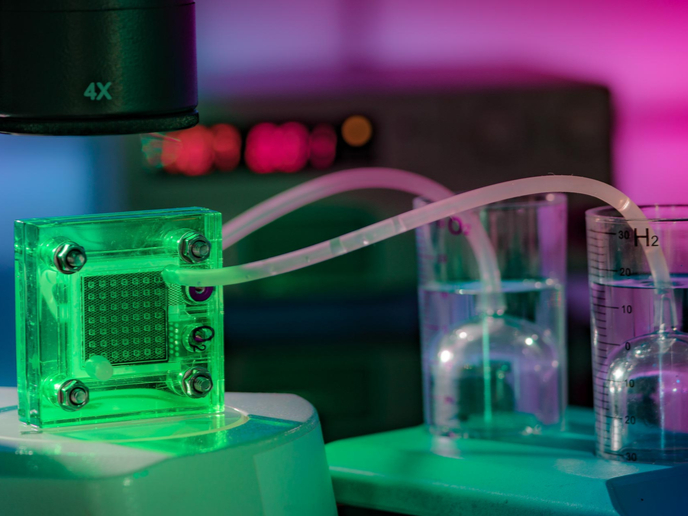At the cutting edge of zero-emissions heat generation
In 1989, electrochemists Martin Fleischmann and Stanley Pons claimed to have demonstrated cold fusion – achieving a nuclear reaction at room temperature. Their experiments involved loading deuterium, a stable isotope of hydrogen, in a palladium metal. The breakthrough promised to open the door to hydrogen generation and a virtually limitless, cheap and clean energy source with minimal environmental impact. Difficulties in replicating these experiments however have led to persistent doubts within the scientific community that cold fusion is even possible. “Nonetheless, since 2015, Google has been spending millions on this topic,” says HERMES(opens in new window) project coordinator Pekka Peljo from the University of Turku(opens in new window) in Finland. “This led to published findings in ‘Nature’(opens in new window) in 2019. Although no evidence has yet been found for this phenomenon, the paper made clear that there are still a lot of interesting things to discover in this field.”
Analysing electrochemical Pd-D systems
The objective of the EU-funded HERMES project was to explore these possibilities, through investigating the anomalous effects of deuterium-loaded palladium (Pd-d) at various temperatures. “We thought this would be interesting to The objective of the EU-funded HERMES project was to explore these possibilities, through investigating the anomalous effects of deuterium-loaded palladium (Pd-d) at various temperatures. “We thought this would be interesting to explore,” adds Peljo. “Another motivation was the climate crisis. We need new sources of energy, so even unlikely options like cold fusion should be looked at.” HERMES applied state-of-the-art technologies to prepare, characterise and study electrochemical Pd-D systems, both at room temperature and at temperatures up to 600 degrees Celsius. The experiments basically involved electrochemical generation of hydrogen or deuterium from water. The aim of these experiments was to see that, even if no nuclear effects could be observed, information could still be gained on hydrogen generation.
New insights into hydrogen generation
HERMES helped to confirm the key findings of the Google research, namely that cold fusion is still not proven (the Google team recently published a new study in ‘Nature’)(opens in new window). Through combining material synthesis and characterisation with new computational methods however, new insights into hydrogen evolution reaction – a chemical process that yields hydrogen – were achieved. “The nanostructures we made also gave us interesting insights into how size and shape of material can influence hydrogen evolution,” says Peljo. “One interesting finding was that nanomaterials were not able to achieve high enough loads of hydrogen because of their surface effect.” The project also looked at using various alloys as well as palladium as a catalyst for hydrogen evolution. While still far from conclusive, the insights drawn from this work have provided new insights into this field. Furthermore, several tools and methods developed in the project – to measure heat and characterise particles for example – have the potential to be used in other experiments.
Material science, electrochemistry and computational modelling
The project team hopes to build on this work, and apply the knowledge gained to other materials. “Palladium is also used as a catalyst in the chemical industry, so there could be opportunities there,” notes Peljo. Another important outcome of HERMES was that it trained a number of PhD candidates and postdoc students across a range of disciplines including material science, electrochemistry and computational modelling. Many of these researchers have since gone on to secure full-time positions, ensuring that Europe has the expertise needed to pioneer the hydrogen revolution.





